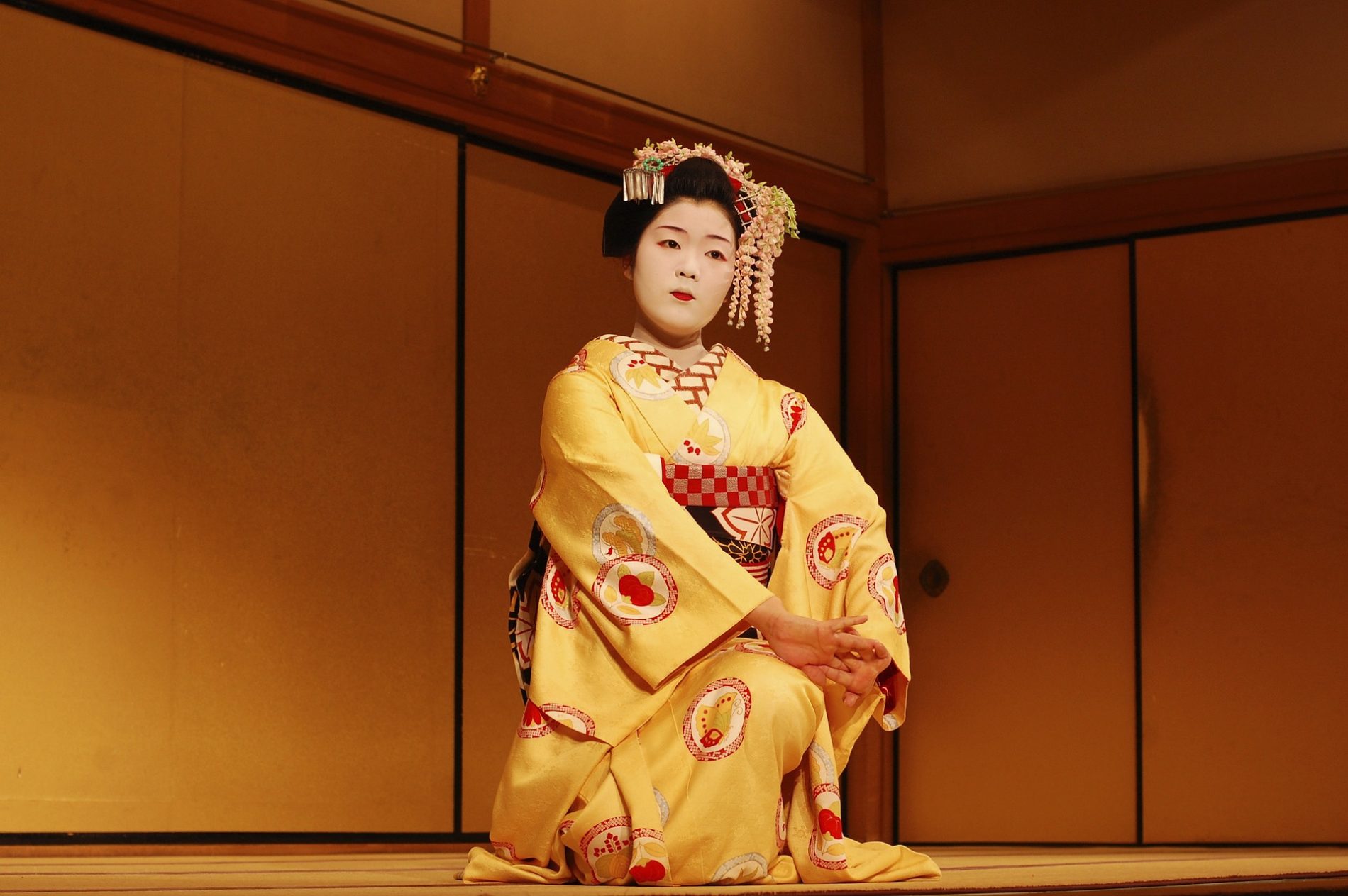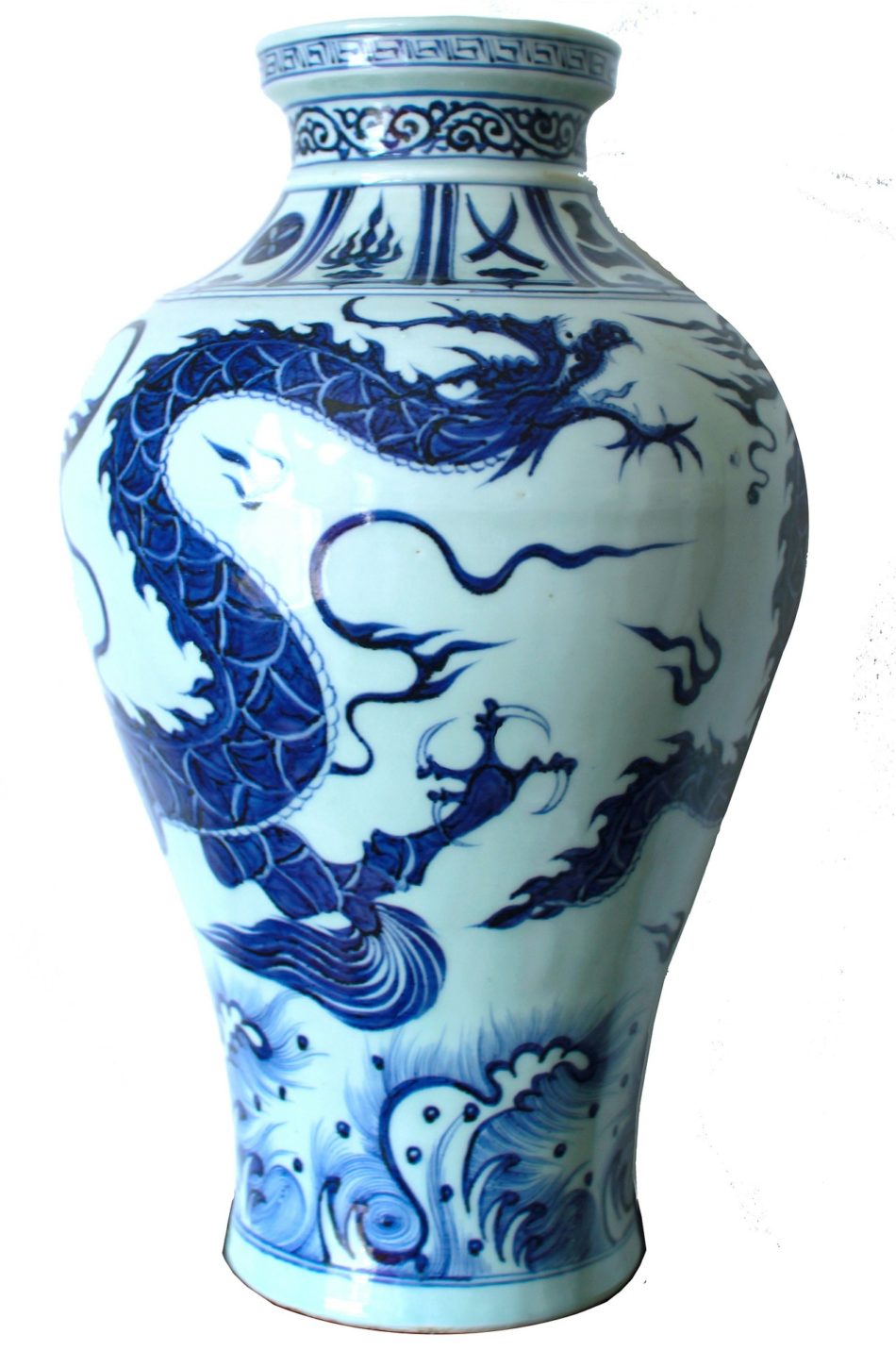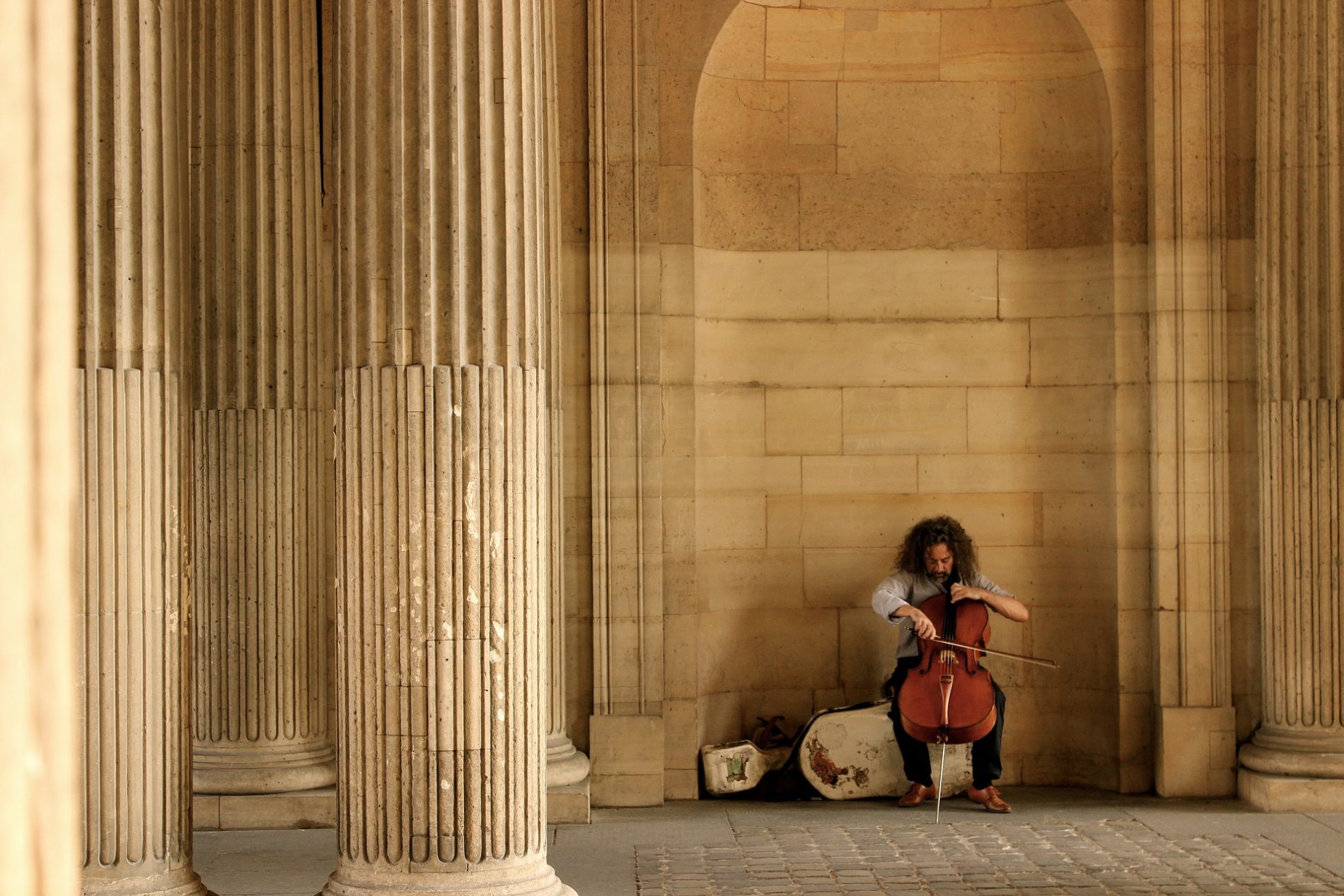MAGAZINE
Patrons of the Arts: History & Evolution
In Europe, the Medieval period (about 500-1400A.D.) marked the proliferation of art of all kinds from painting to sculpture, music, poetry and theater, mostly funded by kings and other members of royalty. These were history’s first consistent patrons of the arts, continuing through the centuries to varying degrees until today. During this period it was customary for a king, queen or nobleman to provide housing and sustenance for a talented artist, as well as a small or not so small salary.
At this time most “commoner” art and culture lovers had to be content with modest religious paintings in churches created by clergy members — or live secular art that could only be categorized as “entertainment,” sometimes with a distinctly low-brow appeal. Traveling minstrels shared songs at local taverns, performing for tips from bar patrons. Traveling circuses of acrobats, puppet shows, and trained animals were seen through Rome and across Europe, some claiming to hail from more exotic lands like India and the Far East, their mode of support consisting of a pay-as-you-go, pass-the-hat modus operandi.
The Renaissance period (1400-1800 A.D.) ushered in a new great tradition of patronage, mostly from the Catholic Church which attained the height of its political power. The Renaissance papacy especially during the reign of the House of Borgia was renowned and sometimes infamous for its extravagance of artistic expression in paintings, sculpture, and architecture. For those in high societal positions, the Catholic Church sold “indulgences” as a remedy for sins committed and even purchased in advance to atone for sins scheduled to be committed at some future time. Before this scandalous practice known as “simony,” was brought into question, it had managed to fund the lifestyles of some of the most decadent leaders in the Church as well as some of the most important paintings, sculpture, and architecture ever created. It was the notorious Pope Alexander VI, a Borgia, who commissioned Michelangelo as the architect for St. Peter’s Basilica.
These extravagant sinners had also thankfully developed great appetites for great art, which had become a status symbol. Guilds, monasteries, convents, and city councils commissioned some of the greatest artists. The Florence City Council commissioned Michelangelo to sculpt David. The wealthiest bankers and merchants also became art patrons, adding prestige and an air of sophistication to their sizable material wealth. King Francis I of France drew many prominent Italian artists to France to create for him, including Leonardo da Vinci, from whom he purchased the Mona Lisa.
Competing with the House of Borgia during the Renaissance was the House of Medici in Florence, Italy. Lorenzo de Medici, the patriarch of the family in 1467, commissioned works by Leonardo da Vinci, Botticelli, and Michelangelo. Lorenzo’s generous arts patronage earned him the title, “Lorenzo the Magnificent.”
The Baroque era (1600-1800) in specific, was the last in which the Catholic Church was financially able to fund the majority of fine European art and culture. With many countries transitioning into industrialized states with new economic systems supporting state governments and industry over the Church, the Vatican’s role as patron and promoter of art diminished.
Crowd-sourcing, drawing upon individuals from a large population to realize artistic projects has actually been an idea in practice since the 18th century. In 1713, Alexander Pope offered acknowledgments in his book to patrons to fund his English translations of Homer’s classic, The Iliad. He turned to his fans with a model then called the “subscription method” where individuals would pay an amount to help him publish the first volume and receive a copy when it was ready, essentially pre-selling his work. Even Mozart crowd-funded circa 1784 offering manuscripts of his music and tickets to concerts in advance of his performances, funding his compositions.
As in Europe, patronage for the arts in feudal Japan as well as traditional Southeast Asian kingdoms was traditionally fostered by an imperial system. There was however one notable exception. Kabuki theater was the first dramatic entertainment for the common people in Japan. It was created by O-Kuni, a quondam temple priestess in 1586, just a decade after London’s first public playhouse which was all-male. O-kuni drew huge crowds in Kyoto, Japan’s capital, with her alluring performances. The art form became increasingly popular and troupes of Kabuki performers grew in numbers and audience supported only by the common people, unnoticed by the aristocracy. Eventually, this changed as the sensuous dance movements of the performers and their availbility to audience members through prostitution upset the conservative government. So ironically, in 1629 Kabuki was banned for female performers, limiting it to male actors who would wear female attire when playing female characters. In 1868, His Majesty Meiji was the first emperor in Japanese history to sit in the audience of a performance of commoners’ flamboyant Kabuki theater.
In China as well as most other countries of southeast Asia, families of privileged dynasties would establish their own distinctive styles of art through their patronage to skilled and innovative artists. The Ming Dynasty, perhaps the most widely recognised today, ruled China 1368 to 1644, helped to usher in the artistic and technological advances of the milky white and cobalt-blue porcelain that is so highly valued. Like the Medicis, these dynasties controlled yet encouraged and funded new works of art in most forms.
Even talented artists from the 18th and19th century such as Wolfgang Amadeus Mozart and Ludwig van Beethoven took part in the aristocratic system of art patronage to various degrees. With the rise of bourgeois and capitalist social forms in the middle 19th century, European culture began to expand from this system to a publicly supported system of museums, theaters, stadium audiences, and the digital streaming of our world today.
New options for fans and patrons to support their favorite artists also appeared with online crowd-sourcing platforms beginning with Artistshare, inspired by the British band Marillion, who in 1993 funded their next tour by reaching out to individual fans and bringing in almost $60,000. It continued with kickstarter.com followed quickly by indiegogo.com and others. Possible advantages of using crowdsourcing include lowered costs and higher speeds of advertising for funding, or getting the word out expressing a need for artist support. And with the newly embraced method of funding, more flexibility, scalability, and diversity of funders; a decentralization of funding made possible by the internet.
Even the Catholic church, it seems, has come onboard to gain funding for religious works of art through crowd-funding. From a 2017 issue of the Catholic News Agency, Father Burbeck discusses a “crowd-sourced, entrepreneurial model” with artist Cameron Smith. The men strategize a fund-raising model for religious art with the beauty of an artist’s work motivating donations from parishioners. The first step for the selection of sacred art, however, would still be in the hands of the clergy as in centuries before. The foundation’s board of directors would choose which artists to give grants to if the “artist is capable of and intent on producing a work in keeping with our mission.”
Art funding itself will undergo many changes and evolutions as new ownership and taxation protocols are experimented with such as Harberger taxation. Collective ownership and purchase of art as physical pieces as well as Non-Fungible Tokens (NFTs) like the overly popular Cryptokitties will continue to grow in variety as well as adoption.
KONJUNGATE is a new ecosystem to sustainably fund contemporary art. The platform is based on the cyber novel MACHFELD written in 1999 by Michael Mastrototaro. The main character of the book, “Satoshi Nakamoto” may – or may not – have served as inspiration 10 years later as the anonymous creator of Bitcoin.
In the cyber novel, the author who calls himself simply “Mastro,” describes the mining of a precious material called KONJUNGATE. Twenty years after publishing the novel online, KONJUNGATE appears as a Media Art project to decentralize the funding of international contemporary Artists and Organizations and to send a strong artistic statement in times of massive worldwide budget cuts for the arts. Advantages of a blockchain-based platform over traditional crowd-funding include enhanced security and lowered costs of operation through the use of smart contracts. Added benefits to artists using the platform and tokens include staking rewards for holding KONJ (tokens) and opportunities for discounted goods and services through the use of KONJ in trade. See www.konjungate.net, wendy.network and www.machfeld-foundation.net for more insights.
Today, artists of all disciplines, from painters and sculptors to musicians and performance artists, can look to the future for new ways of sustaining their creations and their way of life.
_
Image on top by Free-Photos from Pixabay


